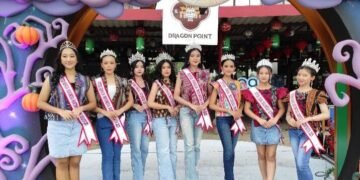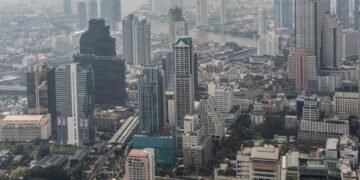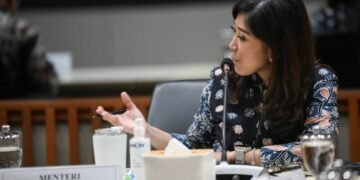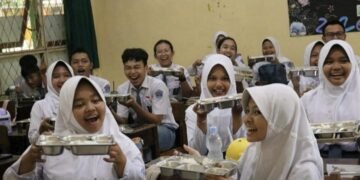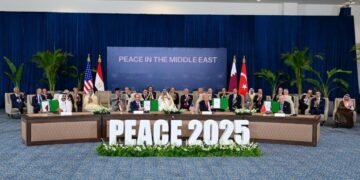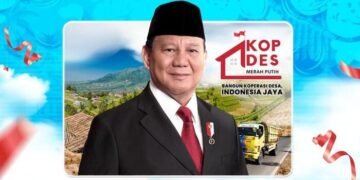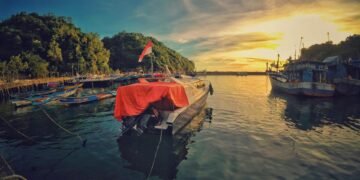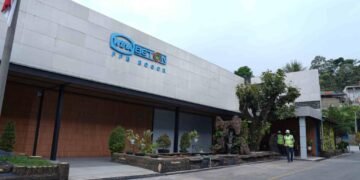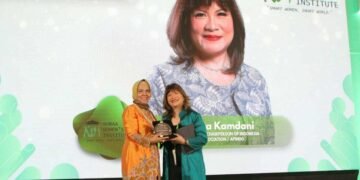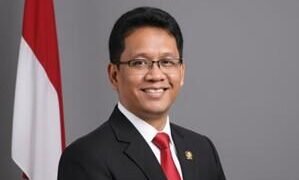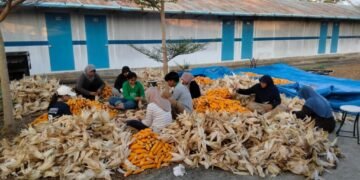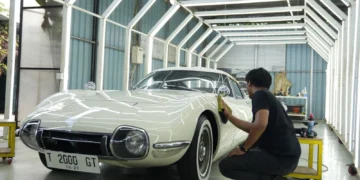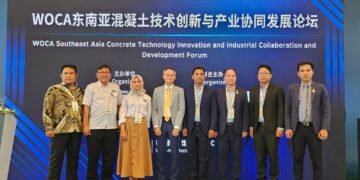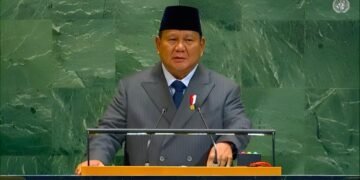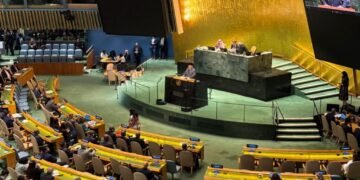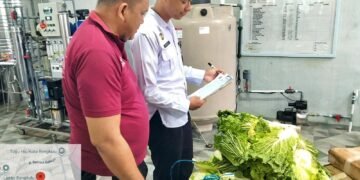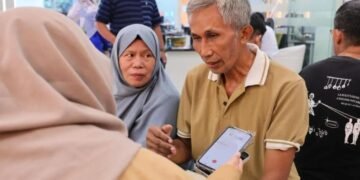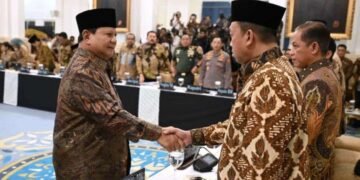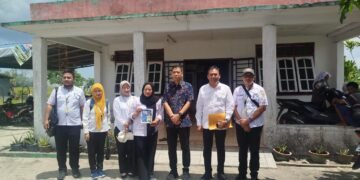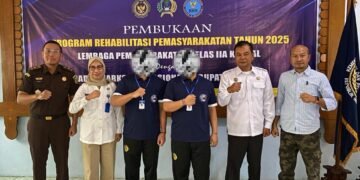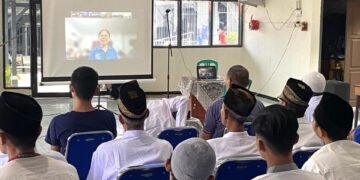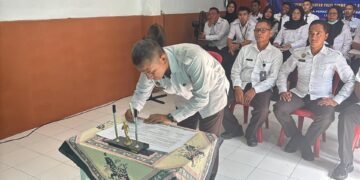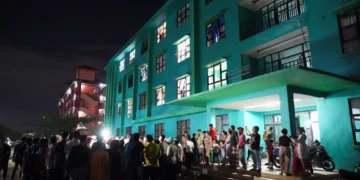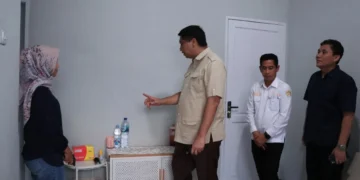The intersection of cultural preservation and economic development has never been more evident than in Indonesia’s thriving art exhibition culture, as demonstrated by the compelling visual narrative captured in these contemporary gallery photographs. These images reveal a sophisticated understanding of how traditional Indonesian cultural themes can be presented through modern curatorial practices, creating both educational value and economic opportunity within the cultural sector.
The Economic Framework of Cultural Exhibition
Indonesia’s art exhibition industry represents a significant component of the creative economy, contributing substantially to both local and national GDP through tourism, cultural education, and artistic commerce. The professional presentation evident in these gallery spaces demonstrates how cultural institutions have evolved to meet international standards while maintaining authentic Indonesian identity. This dual approach creates sustainable revenue streams that support both emerging and established artists while preserving cultural narratives for future generations.
The economic impact extends beyond direct ticket sales and artwork purchases. These exhibitions generate employment across multiple sectors: curatorial staff, security personnel, educational guides, marketing professionals, and supporting service industries. The ripple effect reaches local hospitality, transportation, and retail sectors, particularly when exhibitions attract both domestic and international visitors seeking authentic cultural experiences.

Cultural Preservation Through Modern Presentation
The sophisticated display methods visible in these images reflect a mature understanding of museum and gallery best practices. Professional lighting, appropriate spacing, and high-quality reproduction techniques ensure that cultural artifacts and artistic interpretations receive proper respect and preservation. This approach represents a significant investment in cultural infrastructure that pays dividends through enhanced visitor experience and international recognition.
The curatorial choices evident in these exhibitions demonstrate how Indonesian cultural institutions have successfully navigated the balance between accessibility and authenticity. By presenting historical figures and traditional scenes through contemporary artistic interpretation, these exhibitions make Indonesian heritage relevant to younger generations while maintaining scholarly integrity. This approach ensures cultural continuity while generating sustainable economic activity.
The Role of Interactive Cultural Engagement
Modern exhibition design emphasizes visitor engagement, and these images demonstrate how Indonesian cultural institutions have embraced this trend. The interactive elements visible in the photographs suggest a comprehensive approach to cultural education that extends beyond passive observation. This methodology increases visitor retention time, enhances educational outcomes, and creates memorable experiences that drive repeat visitation and positive word-of-mouth marketing.
The professional photography opportunities provided within these exhibition spaces represent an understanding of contemporary social media culture and its economic implications. Visitors who share their cultural experiences through digital platforms become unpaid marketing ambassadors, extending the exhibition’s reach far beyond physical attendance numbers. This organic marketing approach represents significant economic value while promoting Indonesian cultural heritage globally.
Supporting Local Artistic Ecosystems
These exhibitions demonstrate how cultural institutions can effectively support local artistic communities while maintaining professional standards. The high-quality artwork presentation suggests significant investment in artist support, professional development, and technical resources. This ecosystem approach creates sustainable career paths for creative professionals while ensuring continuous cultural production and innovation.
The economic model evident in these exhibitions supports multiple stakeholder groups: artists receive exhibition opportunities and potential sales, institutions generate operational revenue, communities benefit from cultural pride and tourism income, and visitors receive valuable educational experiences. This multi-faceted approach ensures long-term sustainability and continued cultural investment.
International Standards and Local Identity
The professional presentation standards visible in these photographs demonstrate how Indonesian cultural institutions have successfully adopted international best practices while maintaining distinct cultural identity. This achievement requires significant investment in staff training, facility development, and technological infrastructure. The return on this investment manifests through enhanced reputation, increased visitation, and potential international collaboration opportunities.
The bilingual and multicultural approach evident in these exhibitions positions Indonesian culture within global contexts while preserving local specificity. This strategy maximizes audience reach while maintaining cultural authenticity, creating broader economic opportunities through cultural export and international cultural exchange programs.
Future Economic Implications
The professional quality and thoughtful presentation evident in these exhibitions suggest a maturing cultural sector with significant growth potential. As Indonesia’s middle class expands and international tourism recovers, well-developed cultural institutions will be positioned to capture increasing market share in the experience economy. The investment in professional exhibition standards today creates the foundation for tomorrow’s cultural economic growth.
Conclusion
These exhibition photographs represent more than aesthetic achievement; they demonstrate how cultural preservation and economic development can create mutually reinforcing cycles of growth and sustainability. The professional standards, educational approach, and visitor engagement strategies evident in these images suggest a mature understanding of cultural economics that bodes well for Indonesia’s continued cultural and economic development.
The success of these cultural initiatives depends on continued investment in professional development, facility maintenance, and community engagement. As Indonesia continues to develop its creative economy, institutions that maintain these professional standards while preserving authentic cultural narratives will be best positioned to contribute to both cultural preservation and economic growth in an increasingly competitive global marketplace.
Syarat dan Ketentuan Penulisan di Siaran-Berita.com :
Setiap penulis setuju untuk bertanggung jawab atas berita, artikel, opini atau tulisan apa pun yang mereka publikasikan di siaran-berita.com dan klaim apa pun yang timbul dari publikasi tersebut, termasuk, namun tidak terbatas pada, klaim pencemaran nama baik, pelanggaran privasi, pelanggaran hak cipta, merek dagang, nama dagang atau pelanggaran paten, berita palsu, atau klaim lain apa pun yang didasarkan pada perbuatan melawan hukum atau kontrak, atau berdasarkan undang-undang negara Republik Indonesia
Selain itu, setiap penulis setuju, untuk membebaskan siaran-berita.com dari semua klaim (baik yang sah maupun tidak sah), tuntutan hukum, putusan, kewajiban, ganti rugi, kerugian, biaya, dan pengeluaran apa pun (termasuk penilaian biaya pengacara yang wajar) yang timbul dari atau disebabkan oleh publikasi berita apa pun yang dipublikasikan oleh penulis.”


